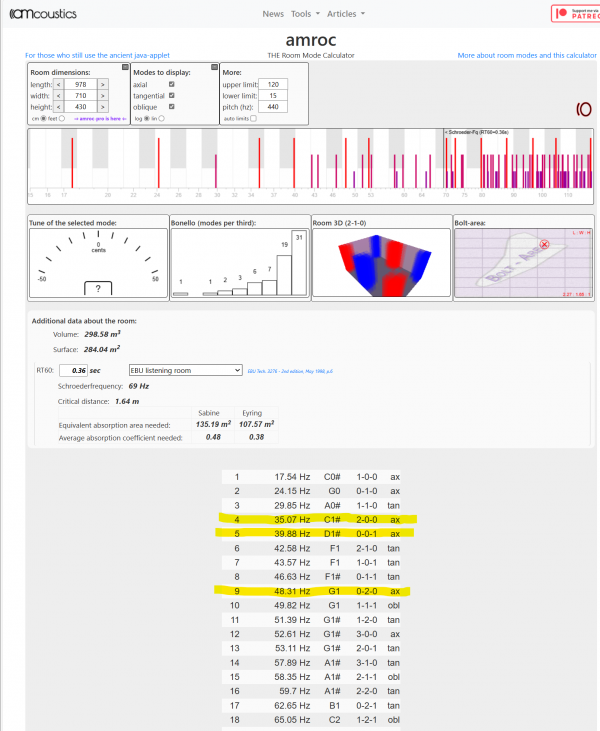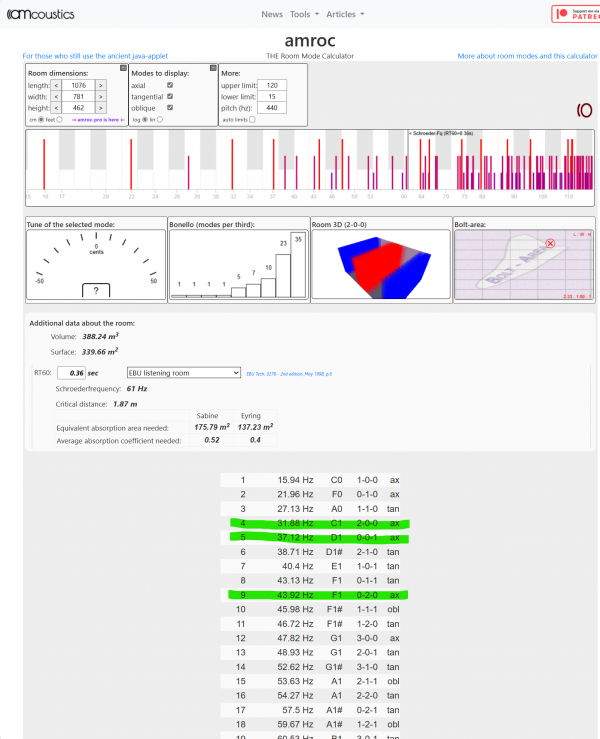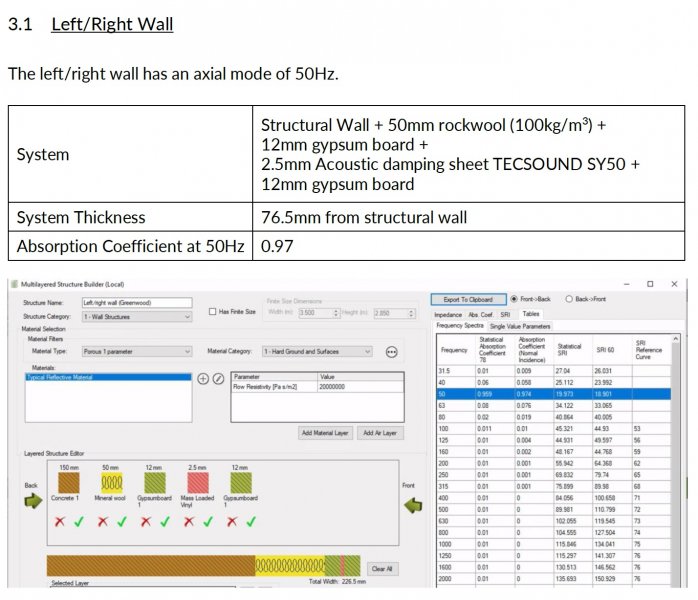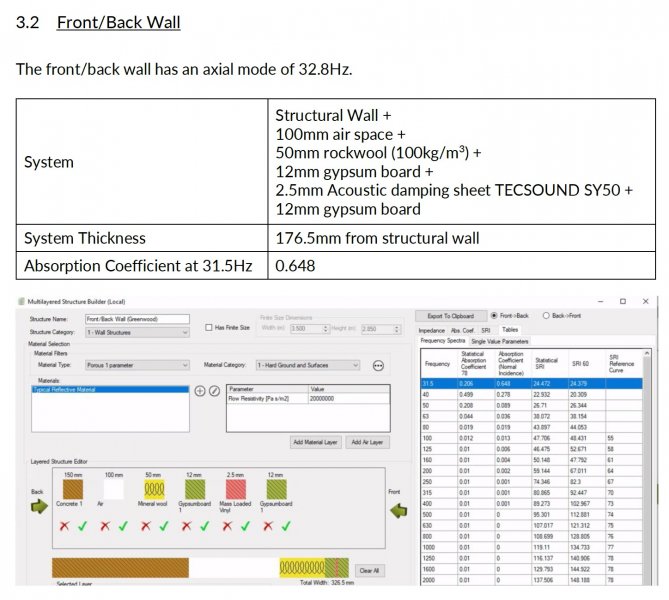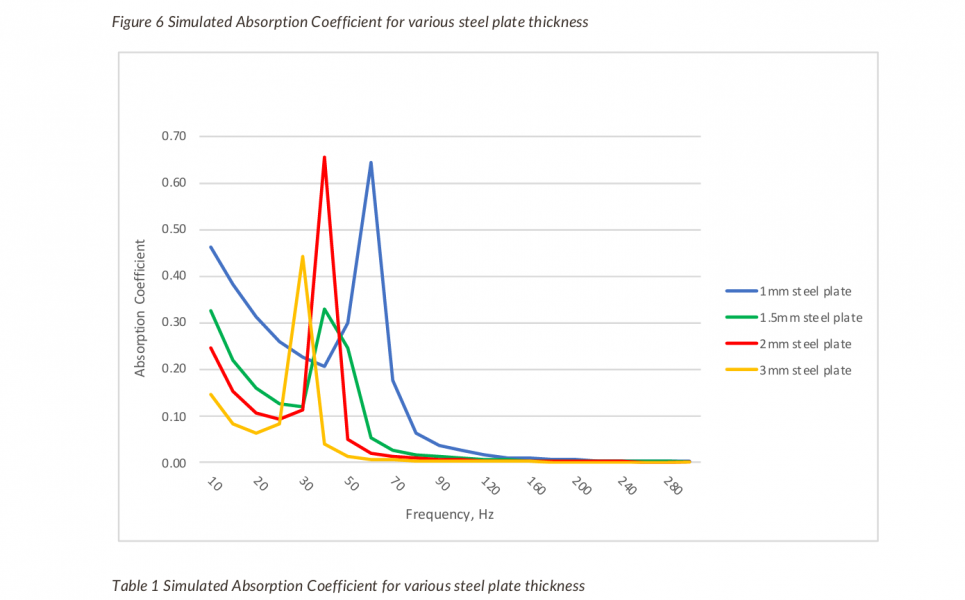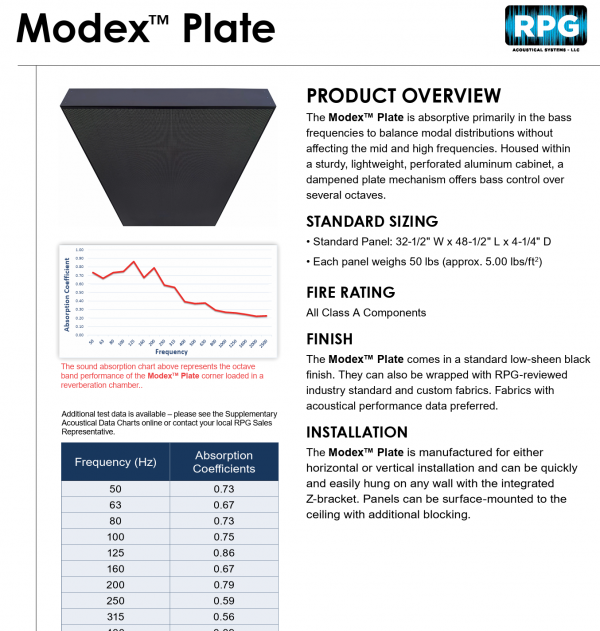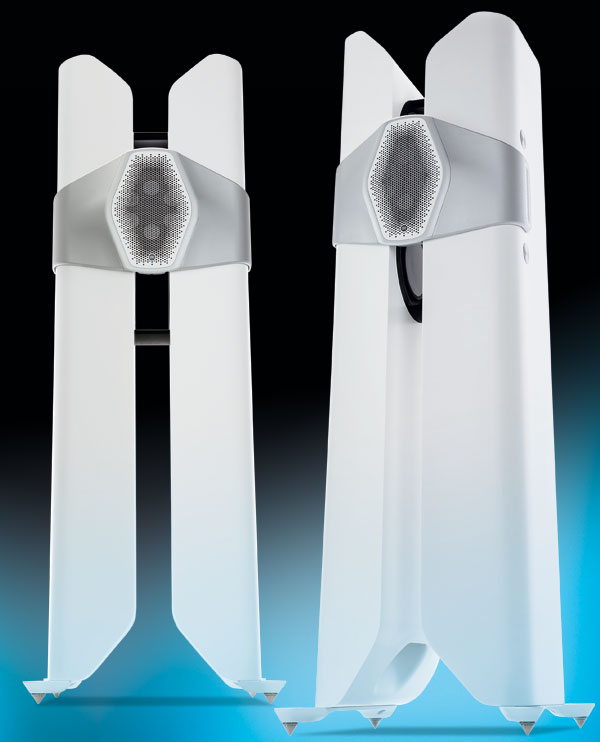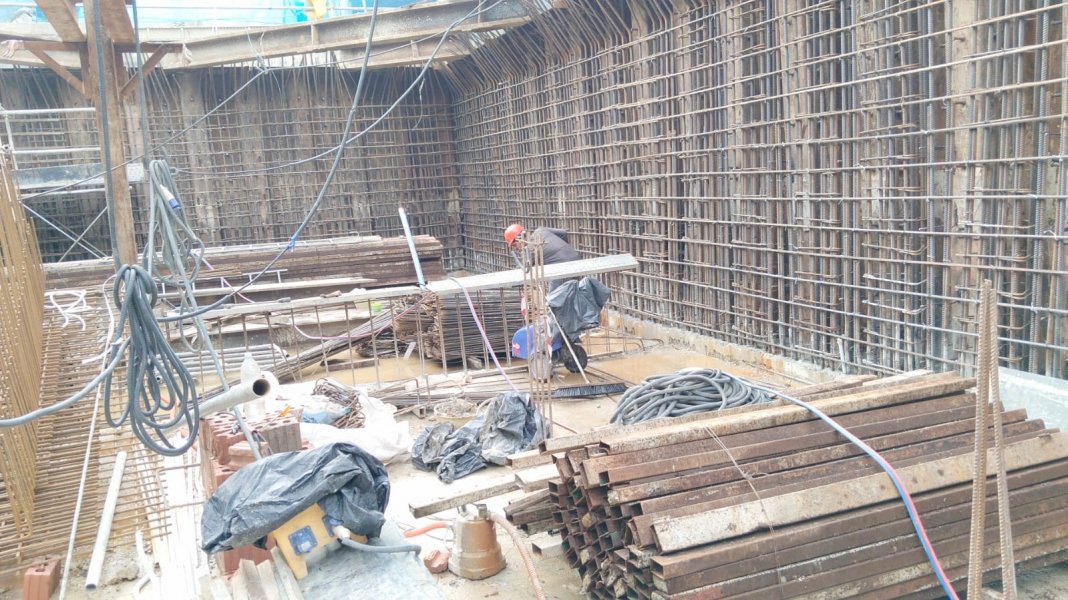SPEAKER CHOICES
Perhaps it's not too early to start daydreaming about component choices for my future basement listening room scheduled for completion in 24 months' time.
I'm a huge fan of linear, predictable, objectively measured (PROVEN) wide off-axis polar response, combining point-source approximation to create a deep/wide soundstage, dynamically scalable (from tiny, small, medium, large to off-to-the-side, depending on what the source) pin-point 3D imaging by WORKING with room acoustics (for the mid/highs) and floor/wall boundaries (for natural augmentation of sub-200Hz long bass wavelengths).
My preference is for vertically aligned dynamic drivers on an appropriately contoured and minimized baffle surface area, with tweeter(s) on top, ideally at ear-height or slightly higher to project a slightly elevated soundscape, and the midrange placed below at very close proximity to the tweeter, ideally within 1/2 the crossover frequency wavelength to minimize deleterious interactions.
I'm not a fan of M-T-M D'Appolito arrays, as I can easily hear driver nulls which among other undesirable polar inconsistencies, separate music into vertical layers of horizontalized donut "rings". I also don't care about "time alignment" through second-order crossovers or voice-coil alignment into a common horizontal plane and vertical line. Anyone who can read a step-response curve knows that propagated sound arrives at different times THROUGHOUT the frequency range, and that achieving perfect time alignment at the listening position is but a misguided dream, and more importantly, our listening ear/brain mechanism is not particularly sensitive to group delay.
Dipoles, and monopoles will not be on my list either, as I have found them to not localize sonic events sufficiently solidly in 3D, especially in the front-to-back Z axis.
Nope to line arrays too, as their hyper-tall cylindrical propagation pattern warp both micro and macro sonic events inside the soundstage in ambiguous and strange ways, including instances where instruments and voices become stretched vertically into the full floor-to-ceiling length of the line-arrayed drivers, morphing into wildly different heights depending on the listening height (between sitting straight-up and slumping down), reminding me of a scene in the movie "The Thing" where the dysmorphic monster towers up/down on its long neck, except that sonically, the ENTIRE neck becomes a vertically-stretched vocal source. I know... pretty bizarre and scary, right?
I prefer my vocals to be right-sized, but also able to size dynamically depending on the gender/vocalist, most of all emanating from a real-sized head as I move around up/down/L/R around the proverbial sweet spot.
View attachment 110498
Applying DSP correction to "time align" arrivals isn't my taste either, as it introduces off-axis anomalies which suck the life out of music, according to my experience experimenting with the one of the most sophisticated room correction equipment featuring a mic array with four microphone capsules (to capture vertical azimuth data).
As far as I know (and heard/seen), only offerings from Von Schweikert Audio provides the adjustability and flexibility to optimize its acoustic output to optimize various loudspeaker placement locations, and room size/volume - attributes which are unique in the marketplace... I'm a HUGE fan of VSA!
But I'm casting a wide net out of an abundance of curiosity, and earmarking flagship models from multiple manufacturers (listed below in alphabetical order) for auditioning in an optimized-room-acoustics listening room to properly showcase the capabilities of the loudspeaker. Given the excitement and media coverage at High End Munich 2023, some European brands which I have not auditioned extensively have been added below.
Have I missed any others, which broadly deliver on the performance characteristics I'm looking for?
* * * * *
Magico (upcoming M7/M8 incorporating trickle-down technologies from the M9)
Marten (audition pending)
Rockport (Lyra - audition pending)
Von Schweikert Audio (Ultra 7 or 9 + pair of high-level input bass-management subwoofers)
TAD (co-axial drivers, ie. Reference 1-TX)
Vimberg/TIDAL (auditions pending)
Vivid (upcoming flagship model, one slot above the Giya G1 Spirit)
Zellaton (audition pending)


